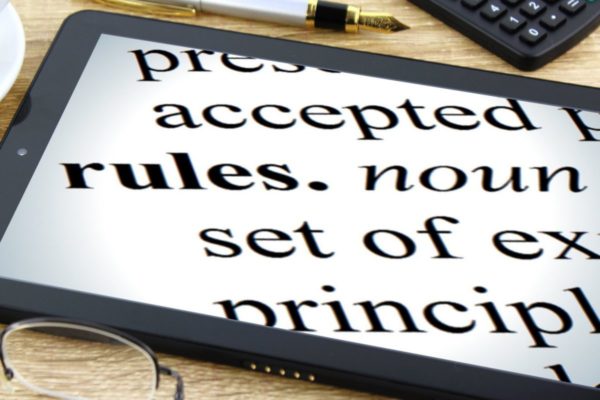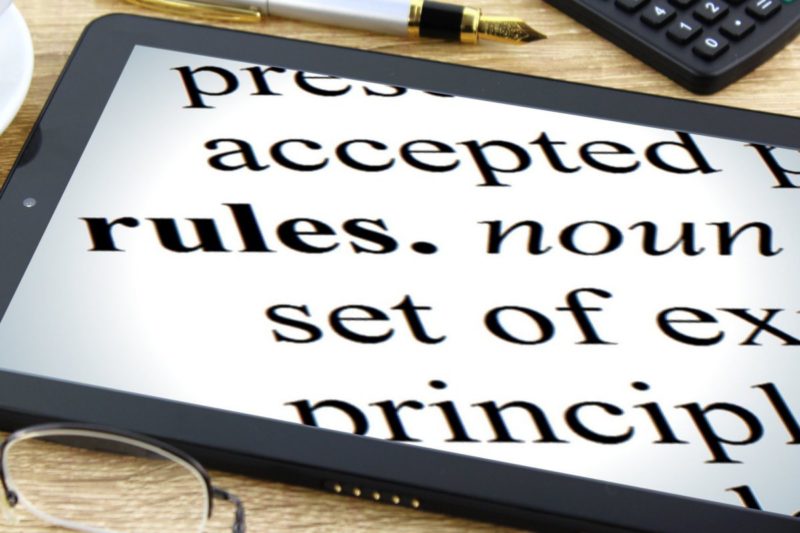By David Carr
There is probably no bad time to discuss the ethics of extortionate demand letters, but this time may be better than most. These ethics may seem a little paradoxical, much like the crime of extortion itself – how can I be criminally liable for threatening to do something that is perfectly legal for me to do? But a close reading of authority shows that lines can be drawn that an attorney should not cross.
Criminal extortion is defined by Penal Code § 518 as “the obtaining of property or other consideration from another, with his or her consent … induced by a wrongful use of force or fear….” Attorneys are in the business of obtaining property on behalf of clients, and they often do so by utilizing means that employ some types of force and are fearful in their effect. At the same time, attorneys are subject to the principles of extortion, depending on whether their use of force or fear was the “wrongful” type.
How to begin to draw that line? We can start with a specific Rule of Professional Conduct, Rule 5-100, which forbids an attorney from threatening to present criminal, administrative or discipline charges to gain an advantage in a civil dispute.
Notice that Rule 5-100 does not forbid the threat of civil litigation to gain an advantage in a civil dispute. Rule 5-100 can be read in light of Penal Code § 519, which defines the type of fear that “may” support a finding of extortion: “1. To do an unlawful injury to the person or property of the individual threatened or of a third person. 2. To accuse the individual threatened, or a relative of his or her, or a member of his or her family, of a crime. 3. To expose, or to impute to him, her, or them a deformity, disgrace, or crime. 4. To expose a secret affecting him, her, or them. 5. To report his, her, or their immigration status or suspected immigration status.”
Section 519’s use of the word “may” suggests this isn’t a definitive list of all the types of “force or fear” that might be “wrongful” and thus extortionate. Rather, the list included in Penal Code § 519 is representative of the characteristics that may serve to violate the statute.
Case law also illuminates the distinction, and the widely read case of Flatley v. Mauro (2006) 39 Cal.4th 299 is essential. Former Illinois attorney Mauro sent a demand letter to Irish dancer and entertainer Michael Flatley, famed as the “Lord of the Dance,” in Mauro’s capacity as the attorney for a woman who accused Flatley of raping her.
The letter demanded $100,000,000.00 and threatened that “all information, including Immigration, Social Security Issuances and Use, and IRS and various State Tax Levies and information will be exposed … [w]e are positive the media worldwide will enjoy what they find,” that “all pertinent information and documentation … shall immediately [be] turned over to any and all appropriate authorities ” and that along with “the filing of suit, press releases will be disseminated to various media sources, including but not limited to” a list of about two dozen different news media.
There was also a conversation Mauro had with Flatley’s attorney Bert Fields, wherein Mauro stated the story would follow Flatley wherever he went and that he would “destroy” him. Flatley then filed an action against Mauro in California for extortion and defamation. Mauro filed a SLAPP motion that was denied. After the Court of Appeal affirmed the denial, Mauro tried his luck with the California Supreme Court. The Supreme Court found Mauro’s conduct extortionate as a matter of law, not protected conduct or a SLAPP suit and, citing Libarian v. State Bar (1952) 38 Cal.3d 328, imbued with moral turpitude.
A more recent Court of Appeal decision examining a demand letter, Malin v. Singer (2013) 217 Cal.App.4th 1283, comes out the other way, finding the demand letter protected petitioning activity, not extortionate, and protected by the litigation privilege (Civil Code §47.) Attorney Singer sent a demand letter to his client’s partner in a limited liability company (LLC), alleging conversion and breach of contract. Singer specifically contended the partner had sexual liaisons with older men he called by nicknames such as “Uncle” and “Dad.” He enclosed a photograph of one of the men, noting that he was a judge, and provided a complaint with blank spaces for their names. Singer stated the complaint filed in the trial court would disclose the men’s names.
In Malin, the trial court found the letter extortionate and denied a SLAPP motion. In its decision, the Court of Appeal found the demand letter was SLAPP-protected petitioning activity and subject to the litigation privilege (Civil Code §47), observing the men were not members of partner’s family and the demand letter included claims that partner embezzled money from the LLC and used the LLC’s resources to facilitate the liaisons and to communicate with the men. The Supreme Court denied review.
The line drawn by Flatley and Mailin is that you can raise some ugly allegations in a demand letter provided the contemplated disclosure of the bad stuff takes place solely in the context of litigation and such disclosure is necessary to prove your case. Such a use of legal “force” is not “wrongful” for extortion purposes.
In the end, Bus. & Prof. Code §6068(f) might provide the pithiest guidance of all: “It is the duty of the attorney … [t]o … advance no fact prejudicial to the honor or reputation of a party or witness, unless required by the justice of the cause with which he or she is charged.”
David Carr is an attorney at law.
This article was originally published in the March 2018 issue of For the Record, the SDCBA’s publication for new lawyers.
No portion of this article is intended to constitute legal advice. Be sure to perform independent research and analysis. Any views expressed are those of the author only and not of the SDCBA or its Legal Ethics Committee. Read More





